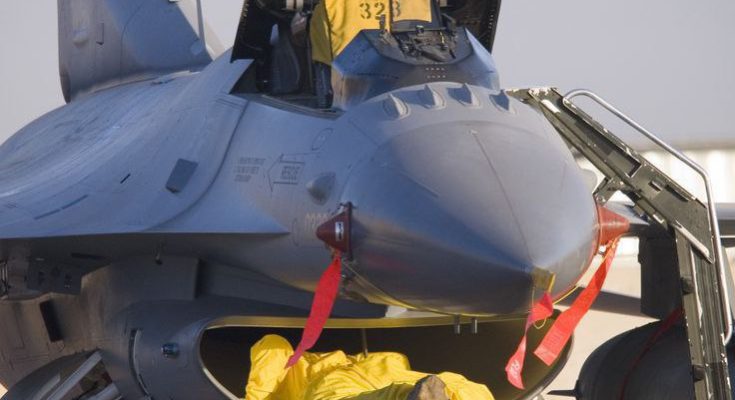When F-16 Falcons Ate Hawks for Breakfast
The F-16 Fighting Falcon is one of the most legendary fighter jets in history, known for its speed, agility, and combat prowess. But in a rare and fascinating aerial encounter, F-16s once went up against real hawks—and the results were both unexpected and brutal.
The Unbelievable Encounter
Fighter pilots often refer to air-to-air combat training as “dogfighting”, where jets engage in high-speed maneuvers to outgun their opponents. However, in this case, the term became literal when F-16s faced off against actual birds of prey—hawks that unknowingly entered military training airspace.
During routine training exercises, F-16 pilots sometimes find themselves sharing the sky with flocks of birds, particularly in low-altitude and high-speed maneuvers. But in this case, the result was a one-sided battle:
✅ Speed Advantage – The F-16 can reach speeds over Mach 2 (1,500 mph), making it impossible for any bird to escape.
✅ Jet Engine Power – The powerful General Electric F110 and Pratt & Whitney F100 engines produce over 29,000 pounds of thrust, easily overwhelming anything in their path.
✅ The Reality of Bird Strikes – Unfortunately for the hawks, jet engines do not discriminate—and the outcome was inevitable.
In multiple reported incidents, unlucky hawks were sucked into F-16 engines during takeoff or high-speed maneuvers, leading to dramatic but dangerous situations for the aircraft and pilots.
Bird Strikes – A Real Threat to Fighter Jets
While an F-16 can easily “eat a hawk for breakfast,” bird strikes pose a significant danger to high-performance jets. Some key risks include:
🔹 Engine Damage – Ingesting a large bird can cause fan blade destruction, leading to engine failure.
🔹 Canopy Hits – A midair collision with a large bird can crack or shatter a fighter jet’s canopy, endangering the pilot.
🔹 Loss of Control – If a bird strike affects vital systems, the aircraft may become difficult or impossible to control.
One of the most infamous bird strike incidents involved an F-16 pilot ejecting after a bird hit caused catastrophic engine failure. Fortunately, modern fighter jets are equipped with reinforced canopies and advanced safety systems to minimize risks.
F-16 vs. Other Jets – Who Handles Bird Strikes Best?
Compared to older aircraft, the F-16 is relatively well-equipped to handle bird strikes due to:
✅ Single-Engine Efficiency – Unlike twin-engine jets like the F-15, an F-16 relies on just one engine, making it more vulnerable—but also designed for quick emergency landings.
✅ Bubble Canopy Design – The F-16’s 360-degree canopy provides better pilot visibility, allowing them to potentially avoid bird encounters.
✅ Stronger Engine Blades – Modern F-16 engines are built to withstand small bird impacts without immediately shutting down.
However, larger birds like vultures and eagles still pose a major risk—even to an advanced fighter like the F-16.
Final Thoughts
The F-16 Fighting Falcon remains a dominant force in aerial combat, but sometimes, even nature throws unexpected challenges its way. While hawks are no match for an F-16, bird strikes remain a serious hazard for military aviators.



